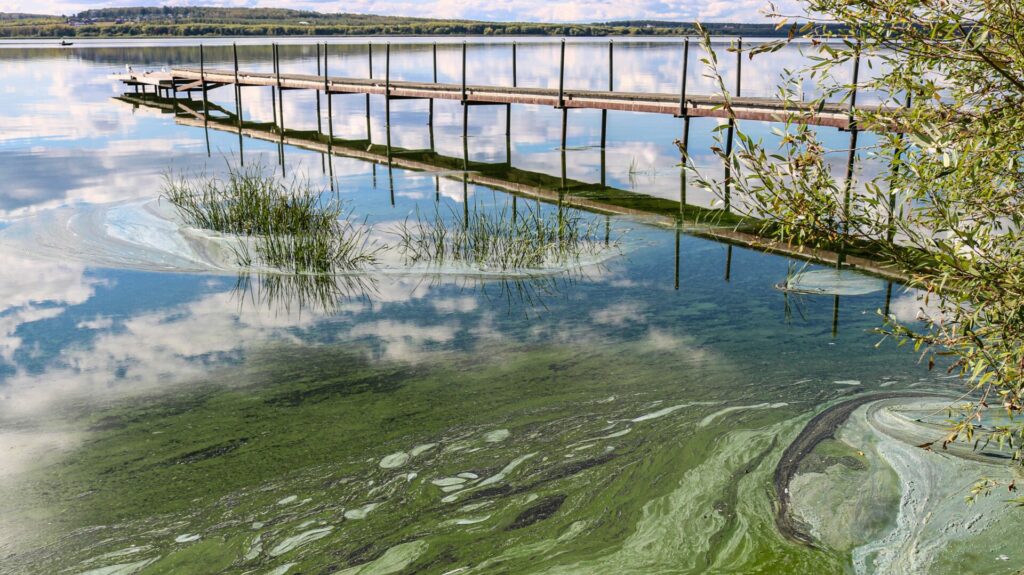Phosphorus pollution in our nation’s surface waters causes harmful algal blooms that impair water quality, harm aquatic life, reduce recreation, and pose a threat to public health. Considered among the most widespread and costly water problems, phosphorus pollution comes from a variety of sources, ranging from municipal wastewater treatment plants to agriculture. In the United States, the federal government, states, and Tribes share the responsibility of controlling phosphorus pollution by setting water quality standards, regulating pollution discharges with permit programs, and managing nonpoint runoff.
Phosphorus pollution is most effectively managed through numeric water quality criteria, which offer a way to more clearly evaluate reductions of phosphorus pollution in water. As of 2023, however, only five states have established nutrient criteria for two or more water types.
This law review article:
- analyzes and compares the five states with the most comprehensive nutrient criteria to evaluate phosphorus management strategies, emphasizing Wisconsin’s approach, as it is considered a leader in the nation;
- offers regulatory context by discussing the cooperative governance between the Environmental Protection Agency, states, and Tribes in phosphorus management under the Clean Water Act;
- provides an overarching scientific grounding in the phosphorus paradox, problems with legacy phosphorus that linger long after over-applying fertilizer on agricultural lands, and climate change’s role of intensifying runoff problems; and
- argues solving the phosphorus paradox requires transformative approaches to agriculture that go beyond the current legal framework.
Read the research:
Anya Janssen and Melissa Scanlan, Solving the Phosphorus Paradox: Five States’ Approaches to Restoring Nutrient Impaired Surface Water, 47.2 Environs: Environmental Law and Policy Journal 159 (2024)
